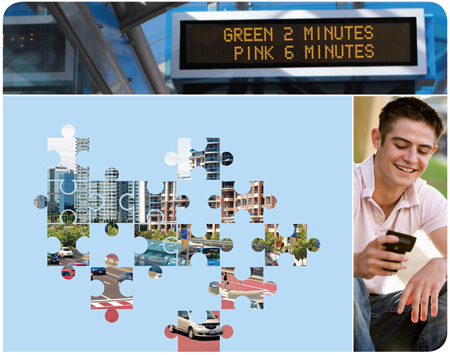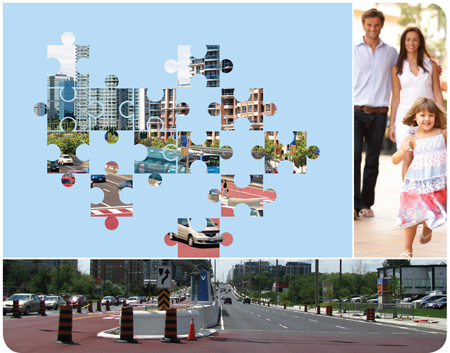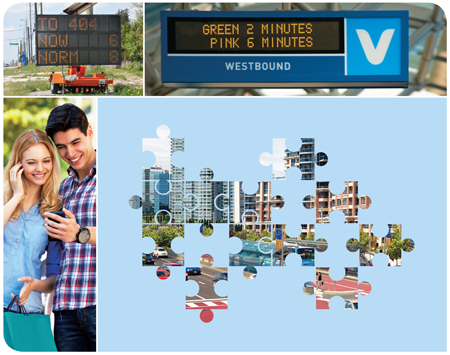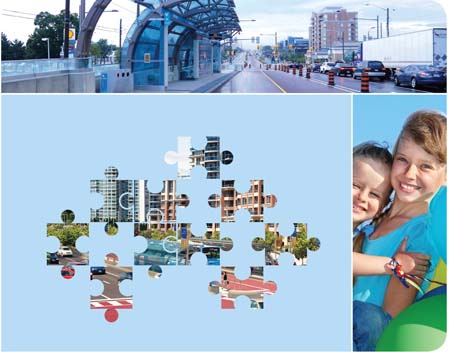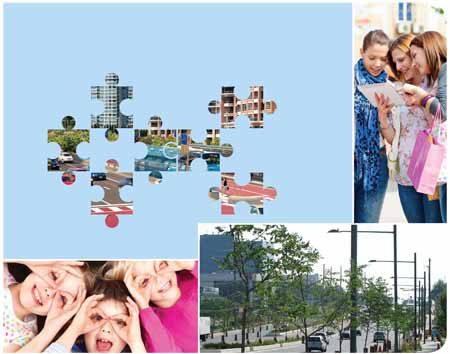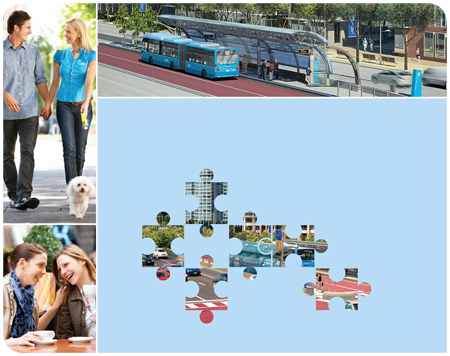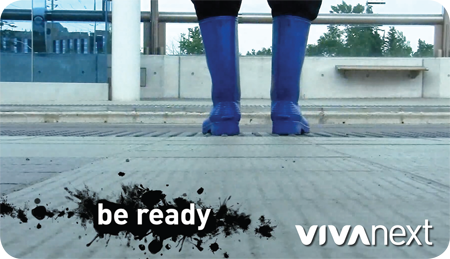One of the wonderful new elements of the vivaNext streetscape is the number and variety of new plants that are being added, from the planters on the stations and in the median, to the trees and shrubs being planted along the boulevards and intersections. The Landscape Architects, in conjunction with York Region’s Forestry Department, have worked long and hard on which plants will be included at each location. Here’s what you’re going to be seeing planted along the rapidway corridor, and how they made their choices.
All the plant selections have been made with maximum survivability and sustainability in mind. That means plants have to survive the urban conditions they’ll be surrounded by – with the main threat being the de-icing salt that needs to be used on the roads in winter. Salt is toxic to many plants, so finding plants that can cope with having salt spray on their leaves and stems over the winter is a key consideration. Plants also have to survive the wind and drought conditions that are part of being next to a roadway. Another consideration for species selection concerns trees for planters under hydro lines. In these locations, we need to find species with a maximum size and shape that will allow them to grow to their full potential, without needing to be pruned away from the lines.
Fortunately, York Region’s Forestry Department has had a lot of experience with the plants that thrive in the Region so coming up with lists of viable plants was straightforward.
Other considerations were related to the basic elements of design: shape, scale and colour. We had clear overall design objectives to work with, consistent with the larger vivaNext aesthetic: the look was to be urban, stylized, and modular, similar to the look of our pavers.
Here are some images of our plants, including deciduous shrubs, evergreen shrubs for winter interest, hardy roses, ornamental grasses and perennials.
And to give them the best chance for survival, they will be planted in a special planting mix developed by the Region’s Forestry Department that will provide the optimum growing conditions. Each tree will have a full 16 cubic metres of soil – that’s about the same amount as two dump truck-loads!
We’re looking forward to having people see the new landscaping, and we know it’s going to make a huge contribution to our goal of creating a more attractive, welcoming streetscape. With the waving grasses and flowering plants, and shapely trees and shrubs, these public spaces will be more beautiful for years to come.


